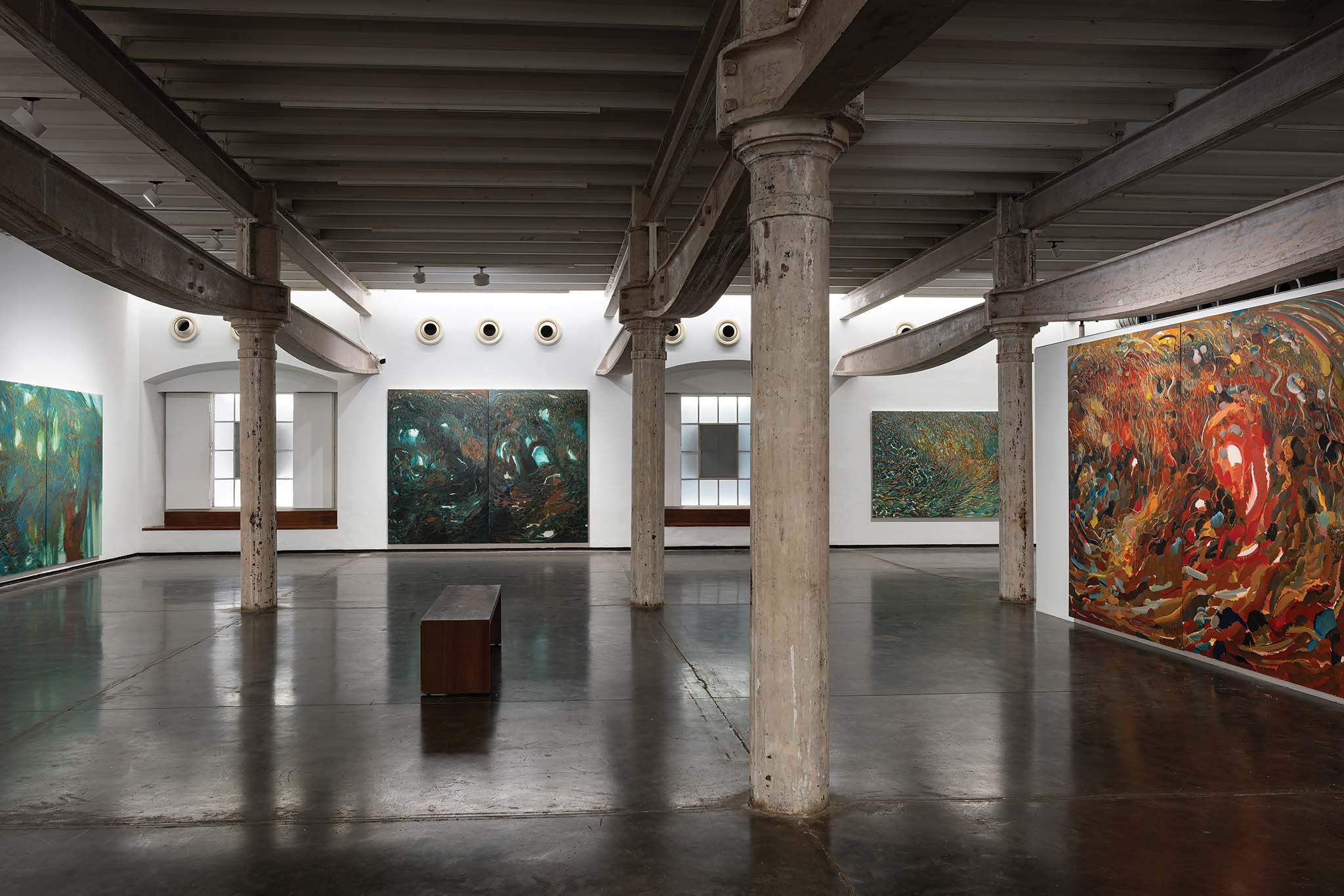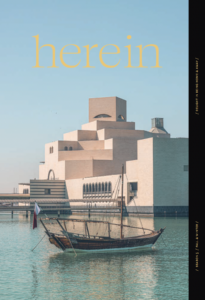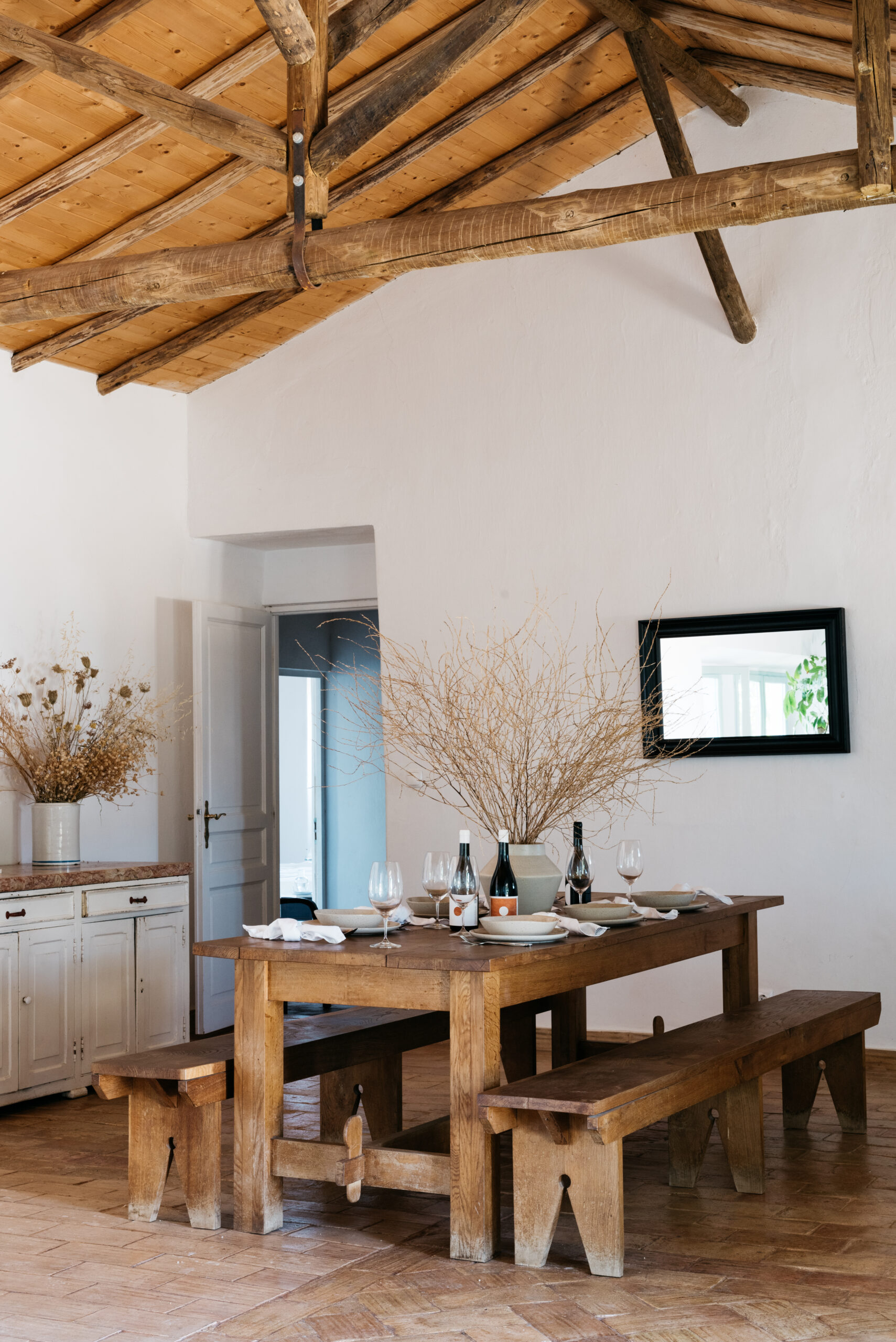By Tom Seymour
In 2024, Mumbai became the Asian city with the most billionaires. The historic port town on the Arabian Sea and India’s cultural and financial capital, overtook Beijing as the premier wealth hub of the world’s most populous continent.
“Mumbai has always been famous for Bollywood,” says Conor Macklin,
co-founder of the city’s resident art fair, Art Mumbai. “Now it’s famous for billionaires.”
Today, Mumbai’s 92 billionaires reside in the opulent districts of Malabar Hill, Tardeo, Worli, and, perhaps most notably, the majestic high rises of Cuffe Parade. And close to them all, on the breezy promenade overlooking Oyster Rock in Old Mumbai, is Colaba, the city’s gallery district.
“A lot of galleries have been going for a long, long time in Mumbai,” says Macklin. “The scene has always been vibrant. But wow—it is getting better. The appetite for contemporary art in Mumbai is very, very strong.”
Colaba is Mumbai’s center for both a historic and rapidly developing market for Indian art. It also remains a sanctuary for experimental artists. These contemporary practitioners work in the lineage of the Progressive Artists’ Group (PAG), a generation of artists who, in 1947, amid India’s post-independence era, would meet at artists’ hangout Café Samovar, which in 1952 became the Jehangir Art Gallery.
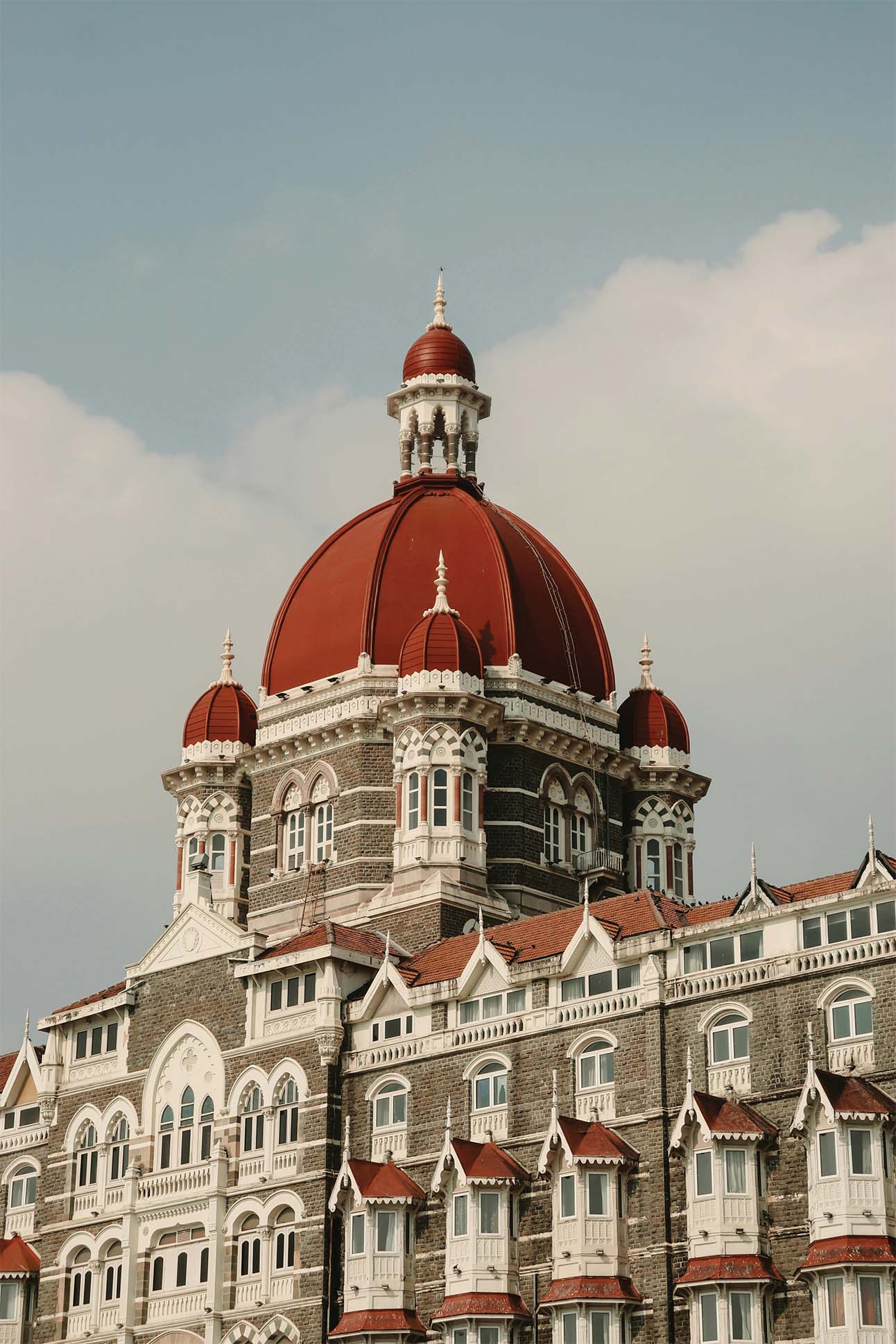
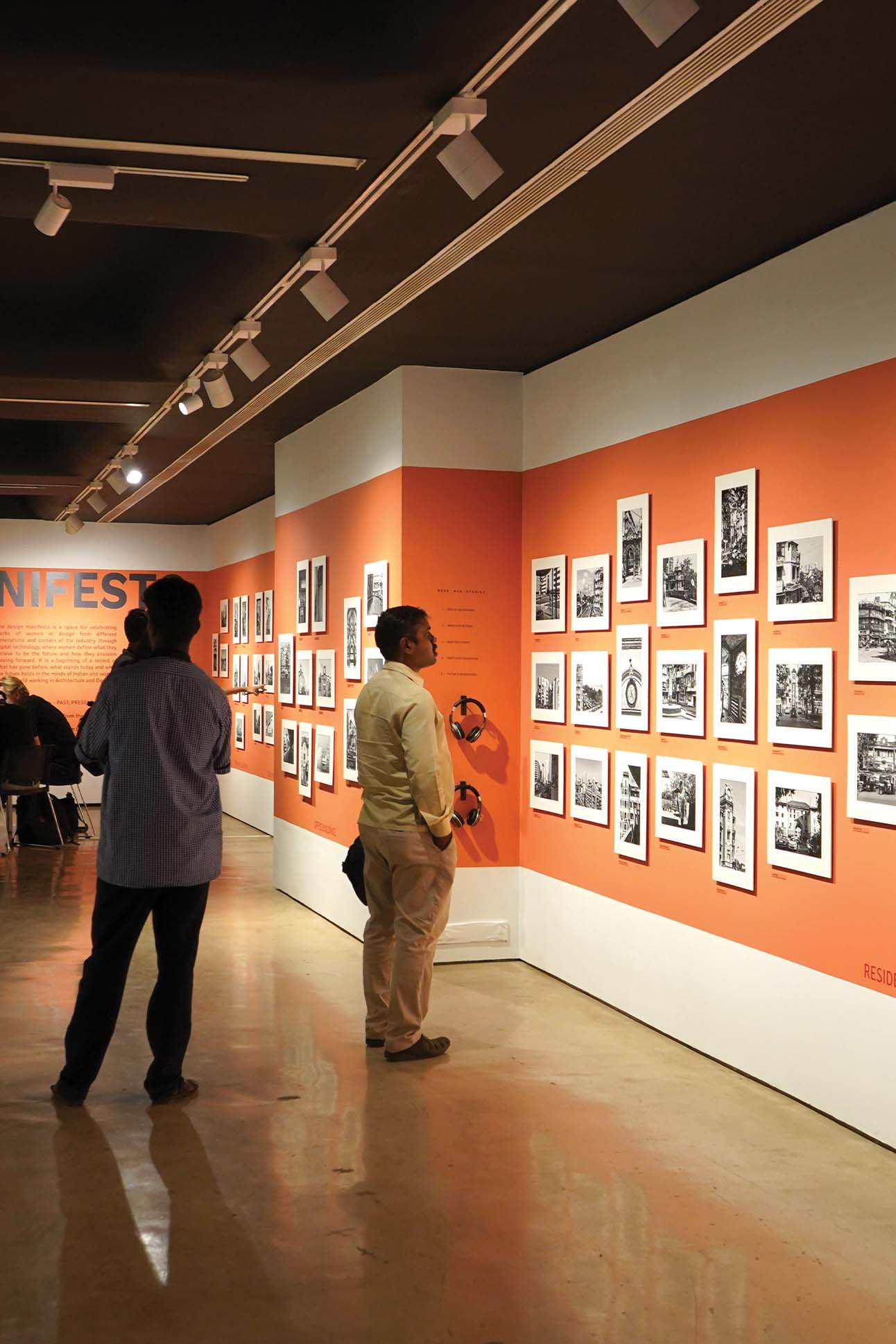
The cafe’s creative patrons came to define the canon of Indian Modernism for the world at large. Artists like Maqbool Fida Husain, Syed Haider Raza, and Francis Newton Souza spearheaded a radical shift away from traditional creative practices to communicate a vision of an Indian society that was now free to define its own identity.
“Indian Modernism is a child of the Independence movement,” says Sudhir Patwardhan, a renowned artist who has painted the culture of Mumbai since the early 1970s. “It asserted a complex Indian identity and, at the same time, the right to internationalism. It disregarded accusations of being derivative of Western trends to forge a new and distinctive form of art, one which now flowers into multiple post-modern expressions.”
Today, Jehangir Art Gallery has more pull than many of India’s national museums, says Patwardhan. “The Jehangir Art Gallery attracts artists from all over India. Every artist wants to exhibit in Mumbai as a result. It is an institution.”
The city is now experiencing another defining moment in its art evolution, one driven by a flourishing commercial gallery scene. PAG laid the groundwork for galleries like Chemould Prescott Road, Chatterjee & Lal, and Sakshi Gallery, as well as more recent contemporary art spaces like Project 88, Method, and Experimenter.
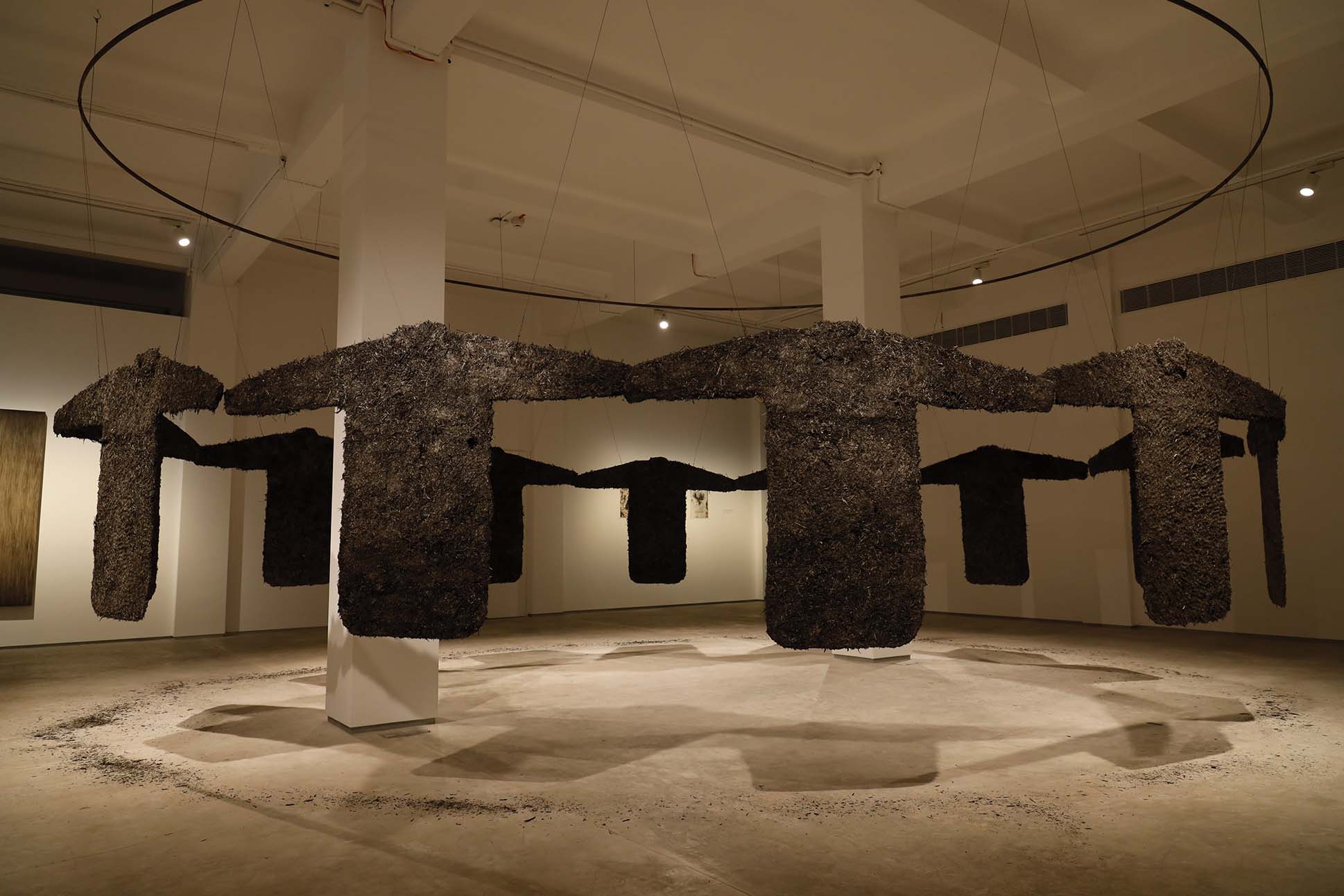
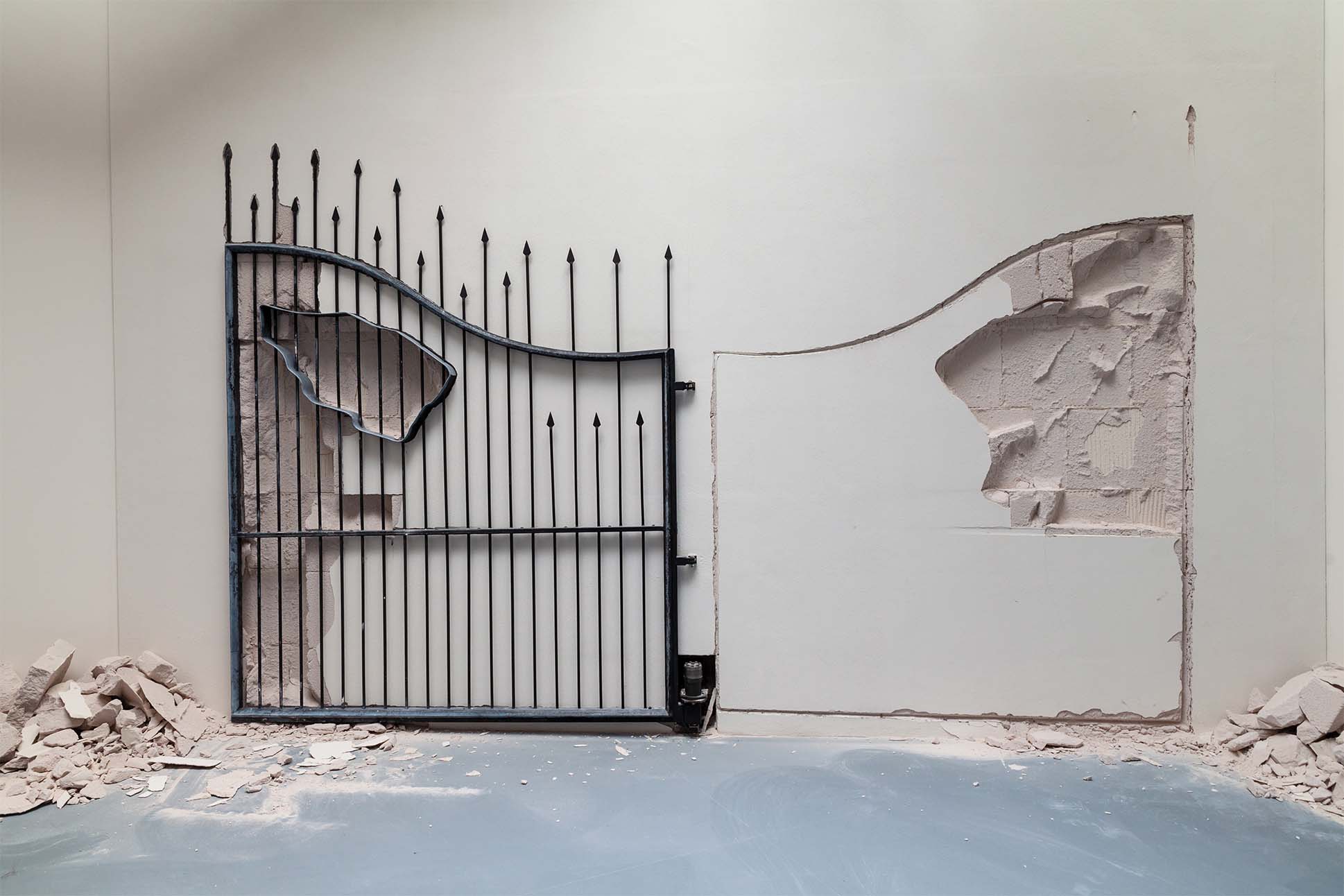
“There are more galleries, more auction houses, and many more artists,” says Patwardhan, whose exhibition Cities: Built, Broken, first staged by Vadehra Art Gallery in London and New Delhi, will travel to Mumbai this year.
Often situated in improvisational and regenerated spaces in Colaba and elsewhere (Project 88, for instance, is housed in a 100-year-old print shop), this new wave of gallerists has carried PAG’s mantle onward, platforming for the first time a post-internet, cross-disciplinary, and hyper-contemporary art that reflects the concerns and expressions of India’s millennials and Gen Z.
This is key, Macklin says, to the current art boom. The average age in India is 28. In the UK, it’s 41. In Japan, it’s 49. “India is a country full of young, dynamic entrepreneurs who are forging ahead,” he says. “The people making a lot of money, making new businesses, buying art—they’re young. In London, all my clients are older than 70.”
Many newer galleries in Mumbai are showing works by artists who are growing alongside these younger collectors, says Veeranganakumari Solanki, a Mumbai-based curator, writer, and program director at Space Studio in nearby Baroda. “The older generation, who are still collecting, don’t take this work very seriously,” she says. “But it really appeals to a younger demographic of Indian collectors, and it is gaining traction on an international stage.”
The artists represented by these emerging galleries are gaining prominence on the world’s institutional scene, too. Recent museum shows of artists represented by the Mumbai ecosystem include sculptor Ranjani Shettar at the plant-filled conservatory in London’s Barbican (her first major show in Europe), contemporary photographer and installation artist Dayanita Singh at the Metropolitan Museum of Art in New York, and multidisciplinary video and performance artist Shilpa Gupta at Gropius Bau in Berlin.
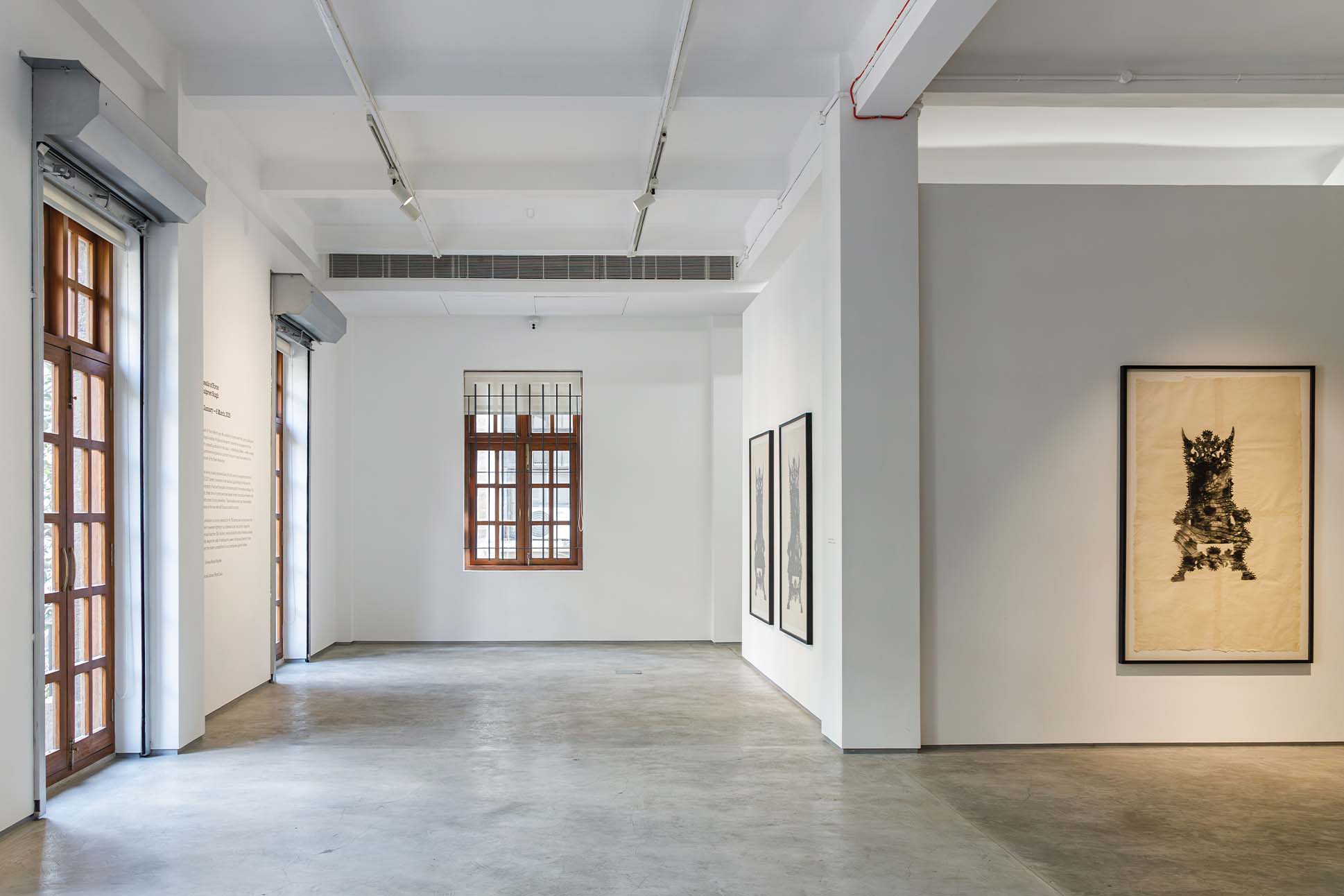
Indian artists have also achieved record-breaking sales at auction. In March last year, the painting The Lovers by PAG’s Francis Newton Souza, represented by Akara Modern in Colaba, was sold by Christie’s New York for $4.89 million, a startling new record for the artist.
Such curatorial and commercial success has been augmented by the growing profile and internationalism of art fairs like Art Mumbai (held annually in November), Mumbai Gallery Weekend (held annually in January), and, each February in Delhi, the Indian Art Fair. Huge and vastly increasing sums are spent at such events. The country’s interior design market, which includes visual art acquisitions, is set to grow from $31.5 billion in 2023 to $67.4 billion by 2032. The 16th edition of the Indian Art Fair kicked off in February 2025 with 78 galleries and 28 nonprofits selling artworks, including mega-galleries from the Western world like David Zwirner and Lisson. Notably, 23 of the 106 exhibitors hailed from Mumbai.
While Mumbai may be the city with the most billionaires in Asia, its art scene does not exist purely to service their needs and decorate their palatial residencies. “A friend who exhibited at the Indian Art Fair said they had never before experienced the number of people who bought tickets to come to an art fair on a Sunday,” says Solanki. “It was full of all kinds of people interested in learning about contemporary art.”
She notes that the art world is shifting to meet that demand. “We are not just seeing a lot of new galleries in Mumbai; we are seeing new foundations and not-for-profit spaces opening too,” Solanki says. “They exist together, alongside each other. Art is growing into the public space—and that is an incredibly exciting thing.”
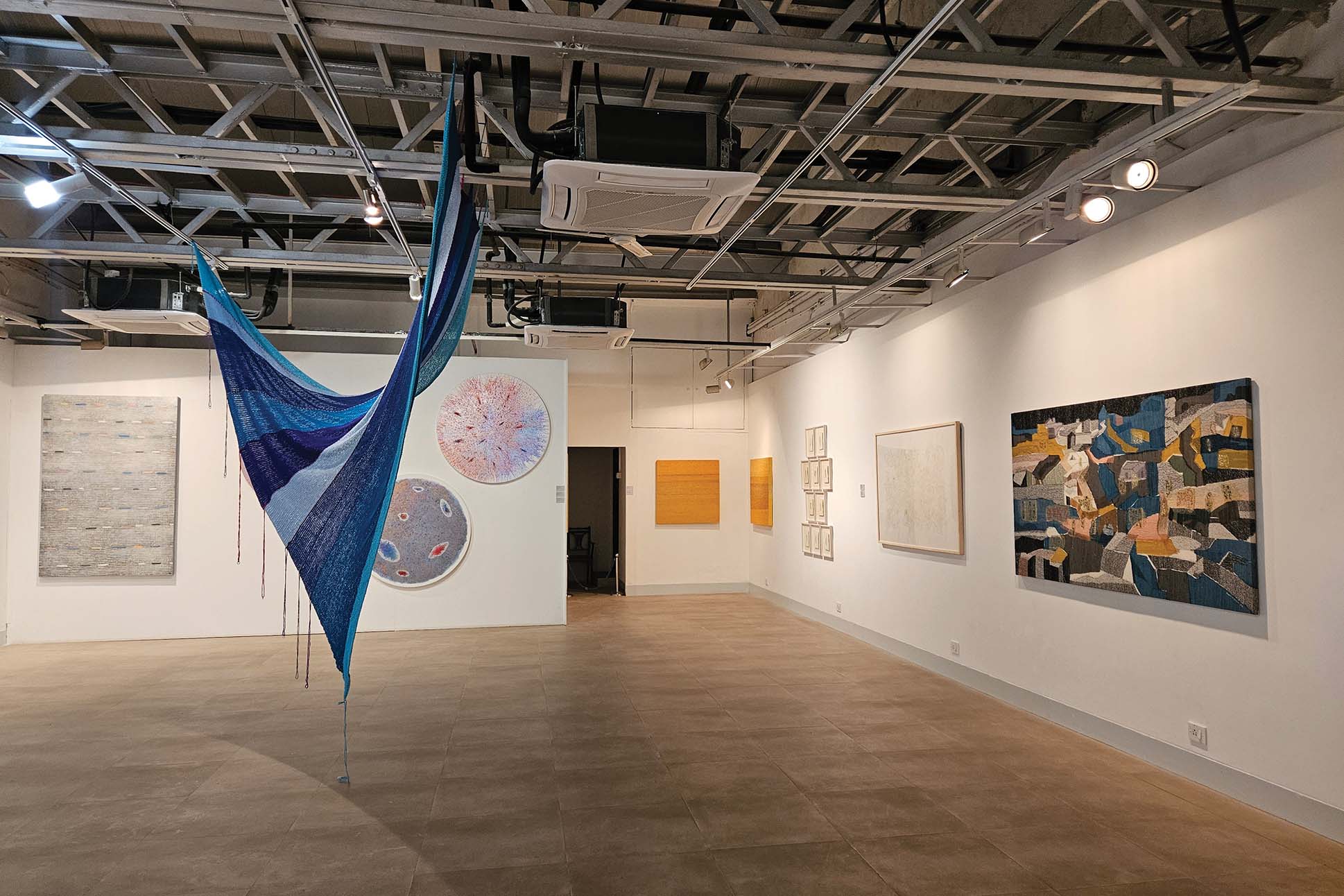
Mumbai’s Must-Visit Galleries
Art Musings
Founded in 1999, Art Musings has featured exhibitions by prominent figures from Indian Modern art like Anjolie Ela Menon, Baiju Parthan, and Jayasri Burman, as well as younger artists such as Smriti Dixit, Shilo Shiv Suleman, and Raghava KK. artmusings.net
Chatterjee & Lal Gallery
Known for its focus on performance art and works with emerging and midcareer artists. Chatterjee & Lal has become a pioneering space for interdisciplinary practices since 2003, including live and installation art. chatterjeeandlal.com
Chemould Prescott Road
Established in 1963, Chemould Prescott Road is known for its early championing of now-famous Indian modern painters, such as M.F. Husain and Tyeb Mehta. It continues to support and showcase lesser-known artists, providing a platform for Indian art at its most progressive. gallerychemould.com
Galerie Mirchandani + Steinruecke
After founder Usha Mirchandani organized the exhibition The Artist Lives and Works at the Haus der Kulturen der Welt in Berlin, she established Mirchandani + Steinruecke in 2006. Since then, she has become one of India’s best-known gallerists, and was recently given a major retrospective at Gropius Bau in Berlin. galeriems.com
Jehangir Art Gallery
Once Café Samovar, a famous artist hangout that was central to the development of the PAG—Mumbai’s equivalent to Paris’s Café de Flore—the Jehangir Art Gallery is now considered one of India’s most prestigious commercial art spaces. It represents both established and up-and-coming artists on the international contemporary art scene. jehangirartgallery.com
Project 88
Founded in a former print house transformed into an art space, Project 88’s emphasis is experimental and conceptual art practices. It promotes innovative and avant-garde art across various media. project88.in
Sakshi Gallery
Since 1984, Sakshi Gallery has been influential in its willingness to introduce exhibitions by new international artists to an Indian audience and collector base. Recent exhibitions include Ghanaian sculptor El Anatsui, American contemporary photographer Gregory Crewdson, and British painter and sculptor Julian Opie. sakshigallery.com

